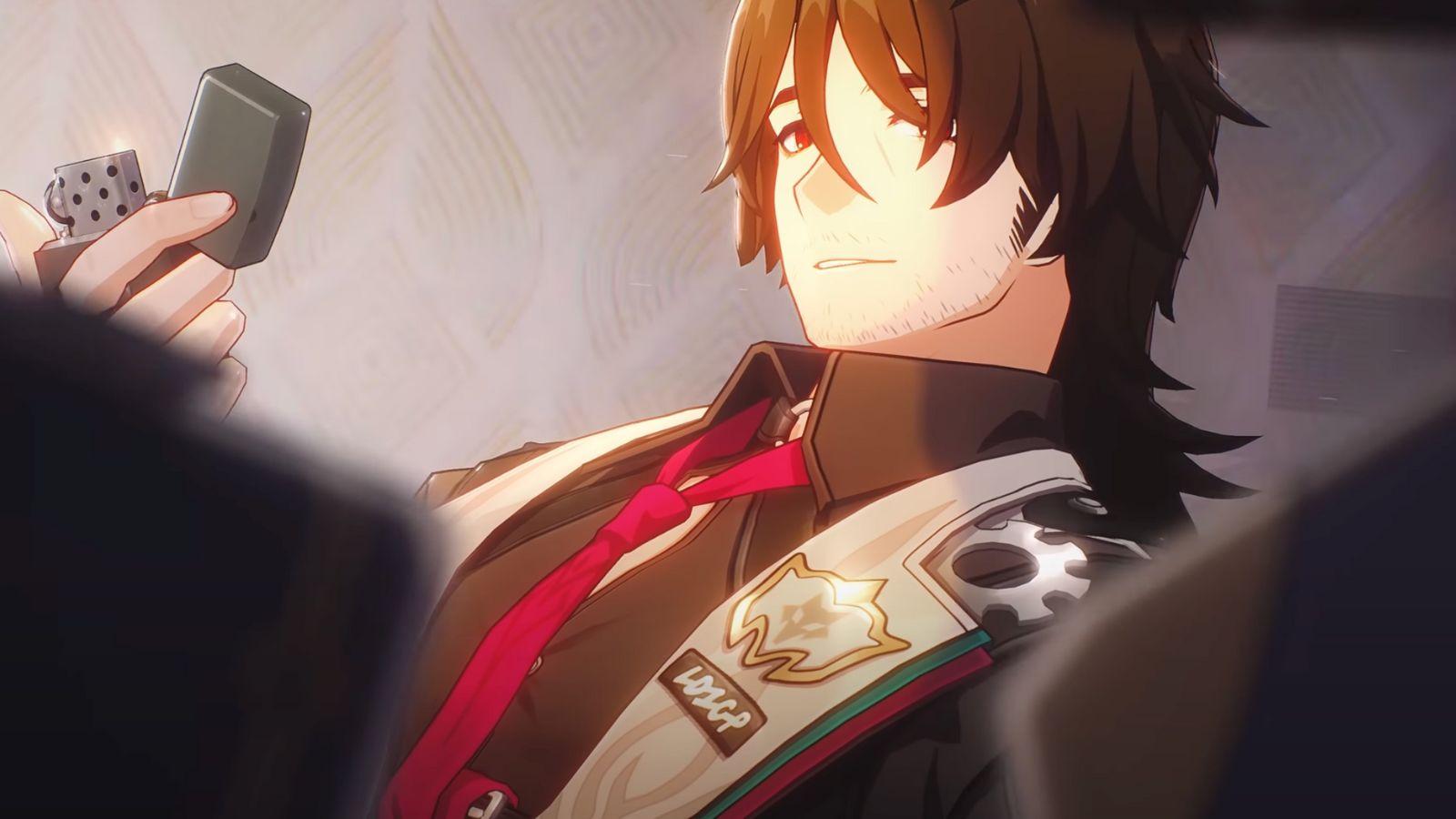Hoyoverse makes amazing games, and Honkai: Star Rail is no different. However, what IS different about Star Rail is that, unlike other Hoyoverse games, this one is a turn-based RPG, not unlike Persona or Final Fantasy games. Now, this might be a bummer for some players coming in expecting some of that sweet 3rd person action combat that Hoyoverse is known for (Looking at Genshin, Honkai Impact, and the soon-to-be-released ZZZ) but fret not – Honkai: Star Rail is still pretty exciting and somewhat active during combat thanks to a unique ultimate mechanic which we’ll get into soon enough.
If you want to make combat easier in Honkai, you can always invest in pulling the strongest units by topping up your account through U7BUY.
The bare basics
We’re going to explain every tool that’s used in combat briefly, ranging from basic attacks to ultimates and elements.
- This is your basic attack. The basic attack usually does nothing by itself, but some characters have mechanics that work through basic attacks. As it happens, Dan Heng has
- E is your ability. Abilities wildly differ between characters. Some give shields, others inflict single-target damage (Such as Dan Heng), some heal, and some do AOE damage. That’s not all there is to these abilities, but these are just some effects to give you an idea. Abilities cost skill points (4) to cast, which we’ll get to in a moment.
- Depending on your character order, your ultimate ability will be assigned to 1, 2, 3, or 4 by default. The ultimate charge is shown next to the character’s portrait. Ultimate abilities have a bit more to them so we’ll save that for the more detailed explanation down below.
- Skill points – these are regenerated by basic attacking and a few other means, but you’ll mainly use basic attacks to gain these. They’re used for casting skills and are shared between characters
- Opponent elemental weaknesses and break bar – We’ll get into the elements soon, but just to explain this briefly, each opponent has one or few elemental weaknesses. When hit, they will take break damage along with HP damage
- Your turn order. A lot of turn-based games nowadays have turn orders so that you can plan, Honkai: Star Rail is no different.
Ultimates
Ultimate abilities deserve their full section here as they have some mechanics that aren’t like in most other turn-based games. Firstly, you can use your ultimate regardless of whether or not it’s your character’s turn to act. You can interrupt many boss or enemy attacks this way and it is the main way to express your skill in this game.
To give an example, let’s say a boss is charging an attack. One of your characters is missing a little energy for his ultimate which would kill the boss. However, if the boss pulls off the attack your whole party dies. Your character’s turn is after the boss, and you’re in a dilemma. However, one of your characters still has their turn. They use their skill, fill up your other characters’ ultimate bar, and then you start tapping the Ultimate button. Your character gets to act before the boss and saves the day!
And that’s just one example. There’s a LOT of preventable damage to be had this way. It all depends on how smartly you use your ultimates and whether or not you want to save the ultimates for that perfect moment. Of course, you can always brute force the game by having overpowered units through the gacha system and if you want to pull for the strongest units, you can always top up the account through Honkai top up on U7BUY.
Another aspect of ultimates to keep in mind is that they require energy. The amount of energy required varies from character to character. Dan Heng has 80, for example, while March 7th needs 120, which is 50% more. Energy is restored through
Break bar and weaknesses
This one deserves a bit of a more in-depth look, but here are the basics:
- Elements – each character is assigned an element – Physical, Fire, Ice, Lightning, Wind, Quantum, and Imaginary
- Weakness – each opponent has one or multiple weaknesses
- Break bar – when you hit an opponent with the element they’re weak to, you inflict break bar damage along with HP damage
- Break state – when you break… the break bar, the opponents are left in a vulnerable state where they take MUCH more damage and are inflicted with an ailment based on the element that broke them
Turn order
The turn order can be seen on the left side of the screen. It shows in which order the characters will act and is your main way of understanding how each combat will develop. It’s important to note that enemies that get broken aren’t stunned – they’re just “slowed”. Unless one of your characters uses an ultimate or gets a speed boost, the enemy will still take action during a turn. This isn’t the case if they’re charging an attack and you interrupt it, however.
The major stat that can affect turn order is going to be the speed of your characters and enemies. Sometimes if the difference is high enough, a character may act twice before an opponent. You should take everything into account when choosing your actions and the turn order bar will provide the most insight regarding combat.
And that’s all for our combat basics guide! There’ll be more to cover in the coming guides so we hope you look forward to those.


